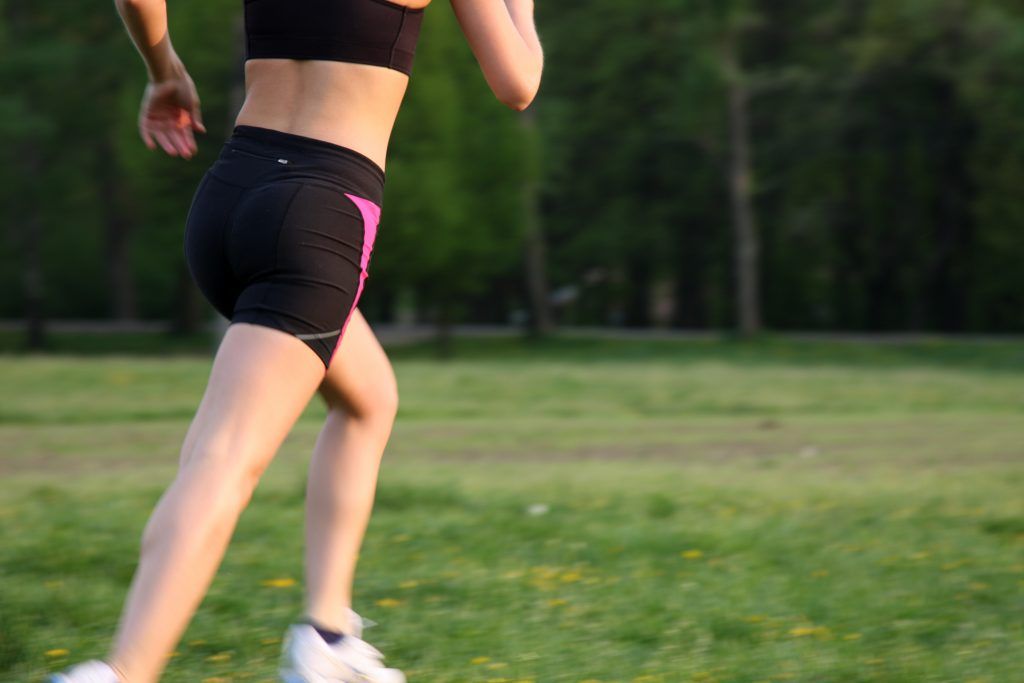It’s free, you can do it anywhere, at any time, with no cost or equipment, but when is the right time to don the trainers and pound the pavements after a baby?
Running is one of the easiest forms of exercise you can do, it doesn’t require anything other than some kit, something to listen to (maybe) and off you go. Millions of people run for exercise, to keep fit and healthy, to keep their mental health in check, for enjoyment and much more. But what about when you’ve had a baby? This is a bit of minefield and one fuelled with conflicting information.
So here are some things to consider before you lace up the trainers:
Give yourself some initial time after baby before you even consider running. If you had a vaginal birth then you should wait for your 6-8 week checkup, if you had a c-section it will be 10-12 weeks. This gives your body time for the soft tissues to start healing. For a c-section this means allowing the stitches to heal, after all it is a major operation to the abdominals and the same applies for cuts and tears. Sweat can increase the risk of bacteria and infection. You wouldn’t go running 3 weeks after having your appendix removed!
In the interim why not work on your pelvic floor, reconnecting with your abdominals and breath? Pilates can be a good place to start initially. It’s also a good time to focus on your posture and making sure you’re lifting and carrying the baby as well as you can. These simple things will help strengthen the right muscles. How many times a day do you squat? Think, sitting to stand, on and off a chair/toilet, bending down into cupboards? DO these right and you’re already doing your strength work.
Another factor to consider is relaxin, this hormone is released during pregnancy to help soften the ligaments and soft tissues surrounding the pelvis. This allows the baby to move through the birth canal. Unfortunately it isn’t localised to just the pelvis and affects all the joints in the body. This essentially means that your joints are a little more prone to injury particularly when doing high impact work- which is what running is. This is due to the joints being a little more vulnerable as they’re a little less stable than normal. It’s not to say that if you do go running then you will get an injury as that’s not true, but if you have underlying niggles or aches and pains, it could be made worse.
How is your pelvic floor? Any leaks or accidents or not feeling ‘normal’ is a sure sign to go get checked out by your local women’s health physiotherapist. Running creates a lot of downwards pressure on the pelvic floor muscles. If they are too tight, too loose or under trained this can lead to continence problems. Any feelings of heaviness could also indicate problems and should be checked out as soon as possible to rule out prolapse. Most of the time these can be treated with physiotherapy and running can be resumed in due course. But start too soon and without guidance and you could make things worse long term.
Give your body the time it needs to heal and start normalising again. Most body workers I’ve spoken to recommend waiting around 6 months before starting to run again. There exceptions to the rules however. If you had a very straight forward vaginal birth and was able to run throughout pregnancy, then waiting 3 months may be fine, but again be cautious. Athletes are another kettle of fish altogether, their bodies are conditioned differently to everyday folk. It’s their job to keep fit, and so can probably handle the strain of returning to running and exercise sooner than most. Although they are great inspirations and role models, this has to be kept in mind. The same applies for the celebrities who snap back into shape weeks after birth. They have access to childcare, chefs, personal trainers etc. For us mere mortals this is unrealistic. Please don’t compare yourself to these people – it’s their job to look good and win medals. However, if running helps you keep sane and is the only way you get time out from being ‘mum’, then compromise has to be given.
Once you’ve had the all clear from your GP or midwife, start low. Power walking can be a great form of cardiovascular exercise, combined with correct posture and activation of your core- it’s a great workout and can be safely adapted to work with the buggy. From there work up to slow jogs – don’t neglect the trainers – make sure they still fit and correct for your gait as this can change during pregnancy. Aim for 1-2 minutes jogging then 1-2 minutes walking. Gradually over the weeks increase the time spent running and reduce the time walking. As mentioned any signs of leaking or discomfort needs to be addressed as soon as possible.
So the take away:
- Wait for your post natal check up or better yet see a women’s health physiotherapist
- Work on your pelvic floor and reconnecting to your core
- Start being mindful of your posture
- Start with strength work
- Gradually increase your time/distance/speed running
- Get your gait analysed for any changes
- Check your trainers
- Any abnormal feelings get checked out ASAP
- Don’t pressure yourself – take your time and rest when you need to
image credit: © Otto Kalman ID 9434436 | Dreamstime Stock Photos


